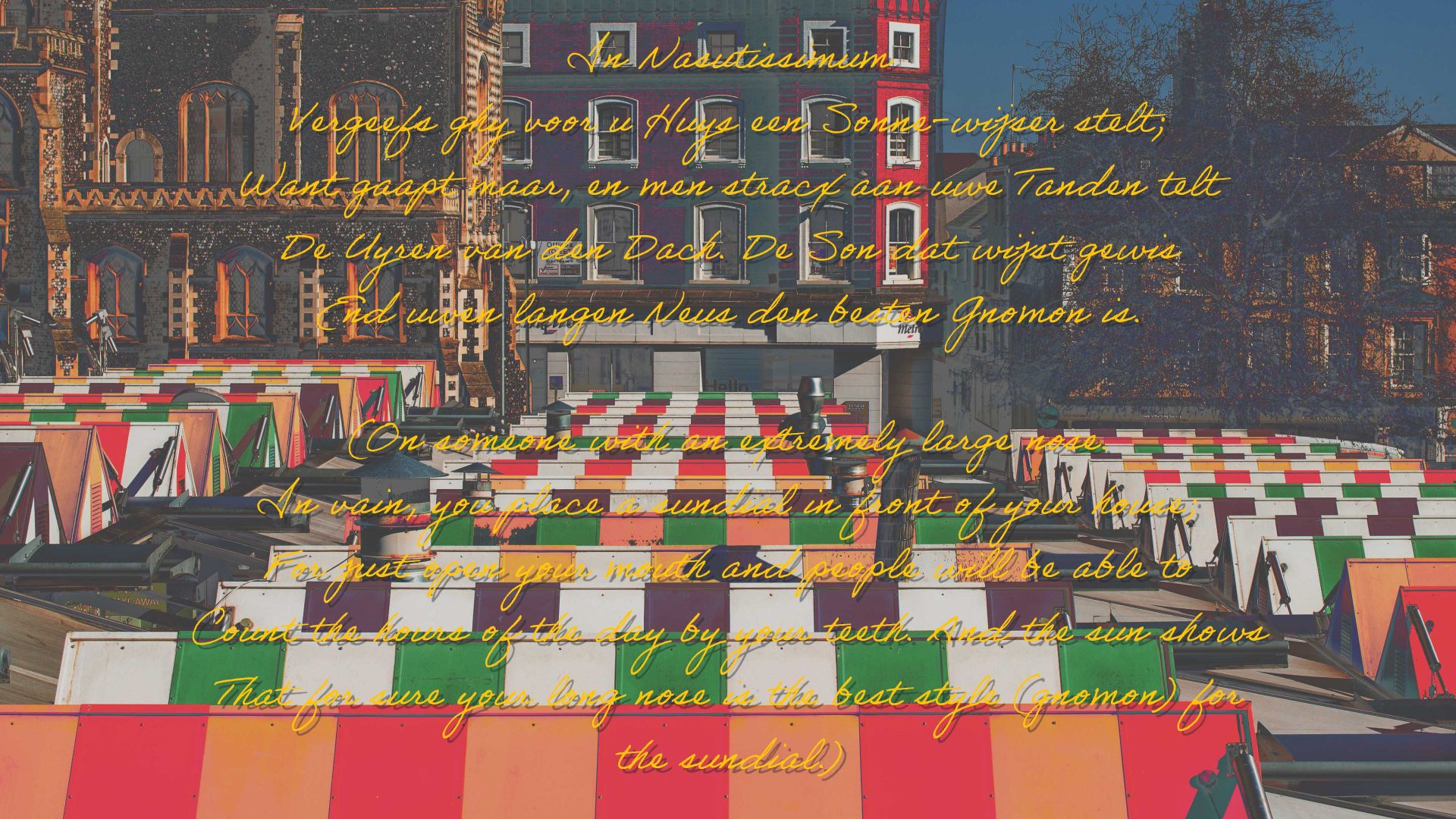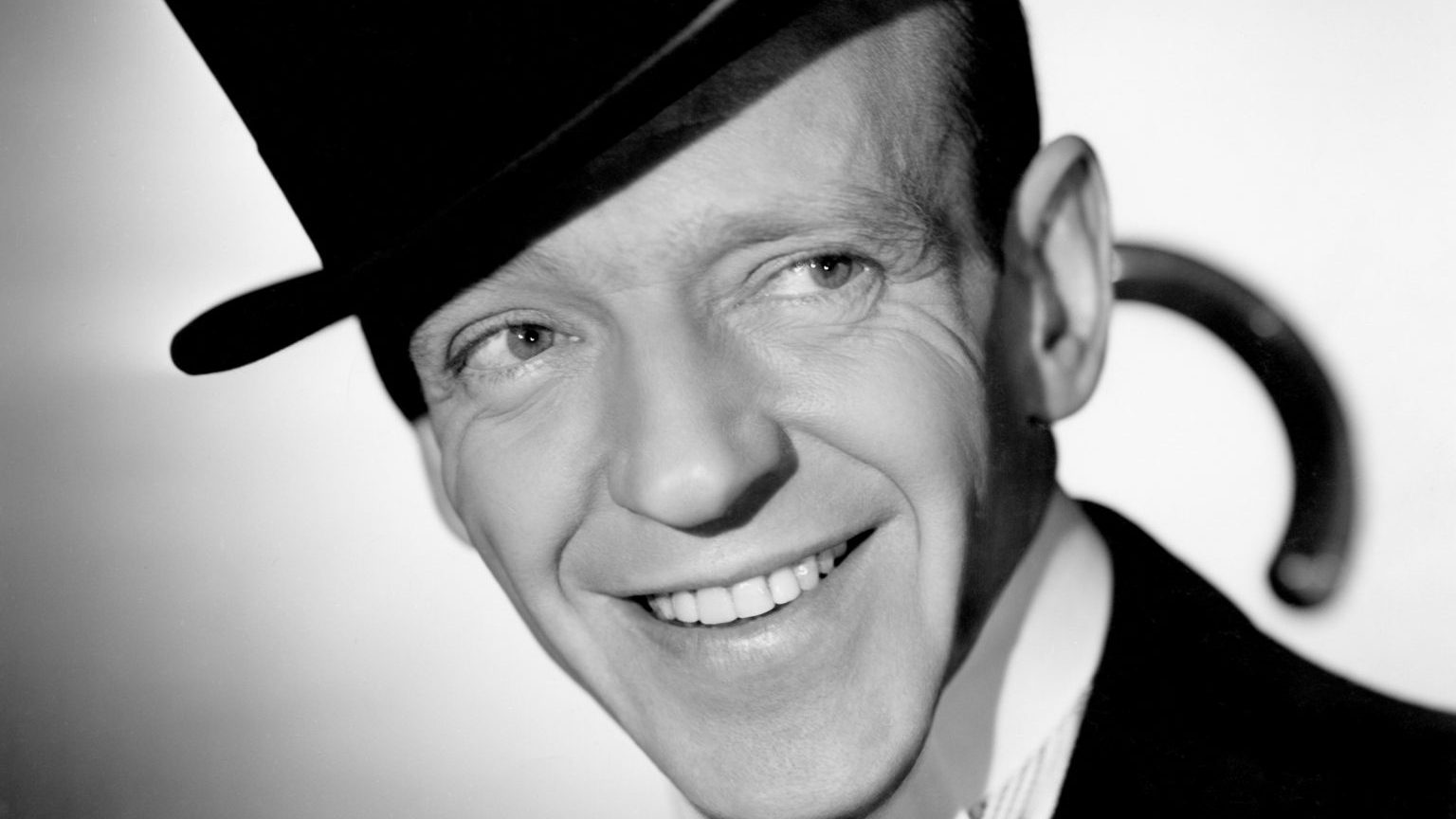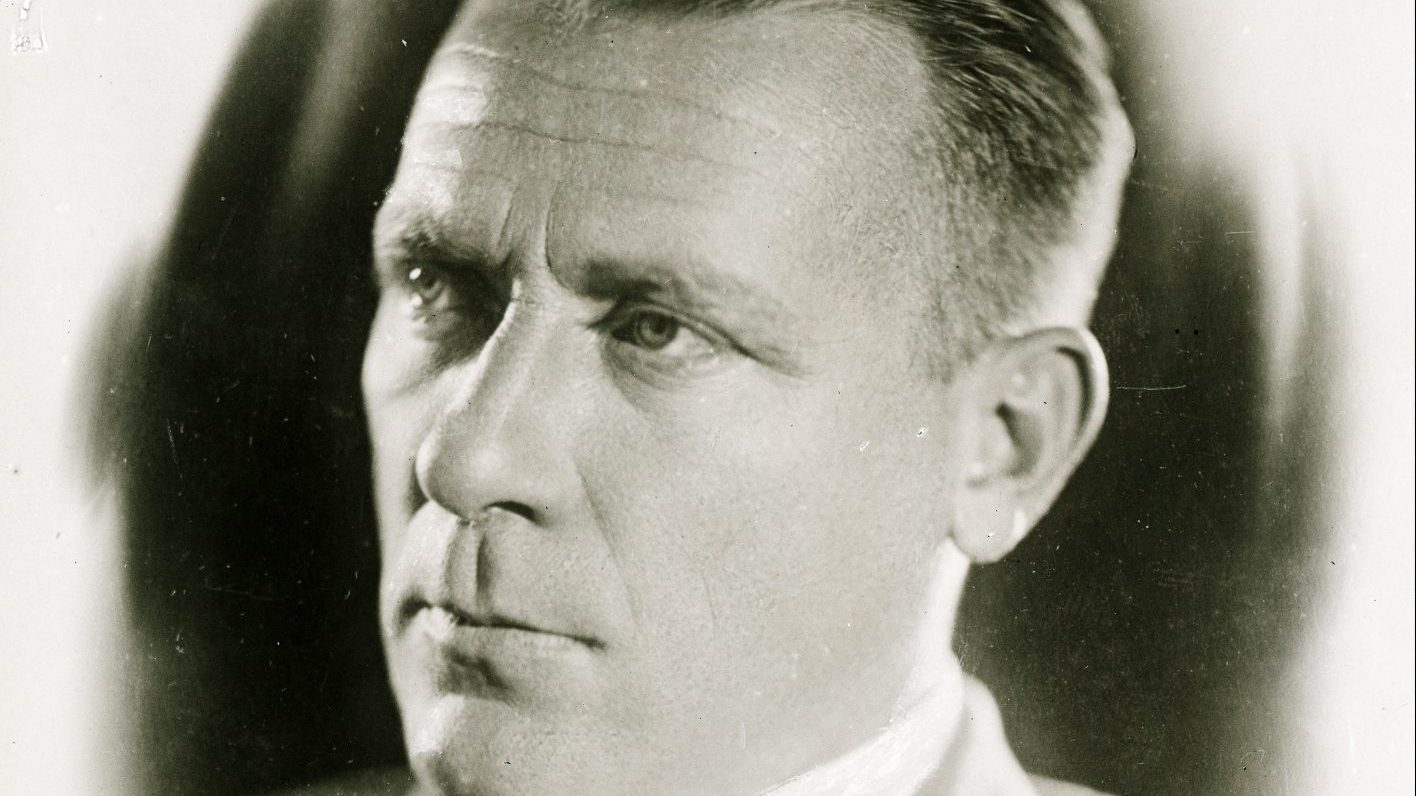Loyal readers of this column will probably have picked up on the fact that I grew up in the East Anglian city of Norwich.
In 2012, Norwich became England’s first ever Unesco City of Literature. Fittingly, there have been two important Norwich poets who are significant enough for books to have been written about them in recent times, though it must be conceded that even most of the cosmopolitan readers of this newspaper are unlikely ever to have heard of them.
If so, this is certainly because, perhaps surprisingly for Norfolk residents, neither of them wrote in English.
The first of these was one of the most famous of all medieval Jewish poets. Known as Meir ben Elijah of Norwich, or sometimes just Meir of England, this English Jewish poet has been said to be “the chief representative of the poetic art among the Jews of medieval England”.
He is celebrated in a book called Into the Light: the Medieval Hebrew Poetry of Meir of Norwich, which was published in Norwich in 2013. It is edited by Keiron Pim and has expert translations from the Mediaeval Hebrew by Ellman Crasnow and Bente Elsworth.
When the Normans arrived in England in and after 1066, many Sephardic Jews arrived with them. They were probably mostly speakers of Norman French, and would mostly have remained so until they were expelled from Britain in 1290 by Edward I. They also had a knowledge of Hebrew as their liturgical language and the language of scholarship. Meir’s family were among this group.
The second important poet was Jan Cruso, who wrote in Dutch. He is celebrated in the 2022 book John Cruso of Norwich and Anglo-Dutch Literary Identity in the Seventeenth Century by Norwich scholar Christopher Joby.
Cruso was born in Norwich in 1592 of parents who had came from Hondschoote in Flanders (although it now lies in France, immediately over the border from Belgium). Religious persecution by the Catholic overlords of the Spanish Netherlands led to large numbers of Protestant Flemish and Walloon refugees fleeing to Protestant England. By far the biggest group of refugees, including the Cruso family, made the relatively short journey across the North Sea to nearby Norwich.
By 1579, remarkably, 37% of the population of Norwich (at that time numbering about 16,000) were not native speakers of English; and the first books ever printed in this newly multilingual Norwich were written in Dutch. Their printer was Anthony de Solempne, who had been a spice merchant in Antwerp and had reached Norwich as a religious refugee in 1567. Soon after arriving, he set up a printing press in the parish of St Andrew in Norwich, and he produced two books in Dutch in 1568.
Jan or John Cruso went to school in Norwich and then spent several years in London, but he was back in Norwich by 1620, where he ran the family cloth business. He was also a member of the local militia and a church elder.
The Cruso family name lives on today: John’s brother moved from Norwich to London and had a son, Timothy, who was educated together with the novelist Daniel Defoe, who later immortalised the name with his famous character Robinson Crusoe.
Walloon
Walloon is the name generally given to the French-speaking people of southern Belgium, in contrast to the Flemish-speaking Germanic people of the north. The term derives from an old Germanic term signifying “foreigner” and has the same origin as Wales and Welsh.




